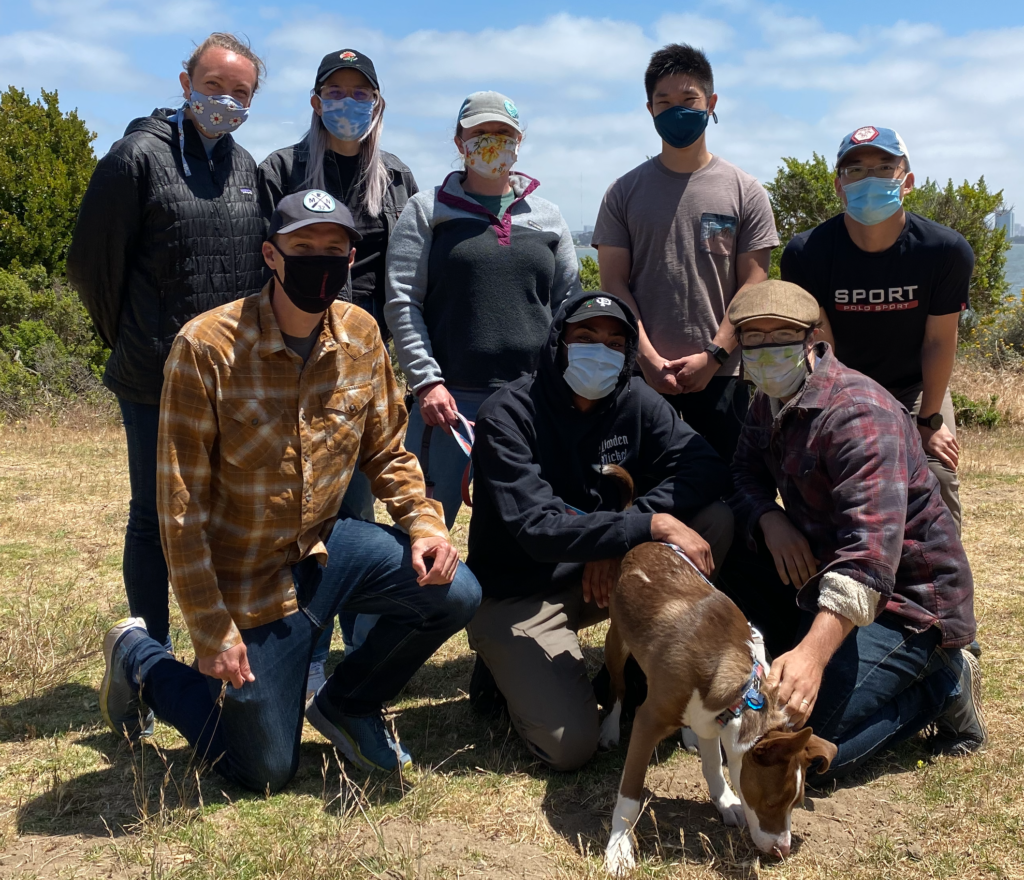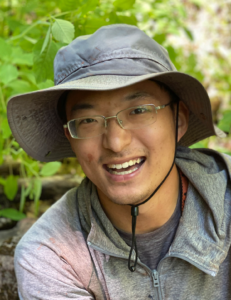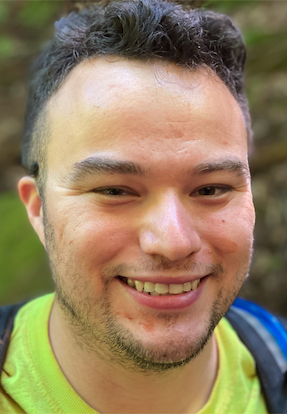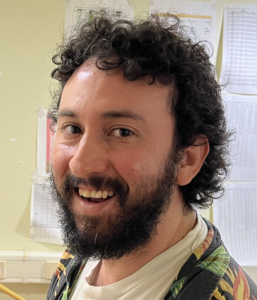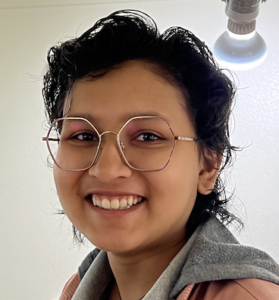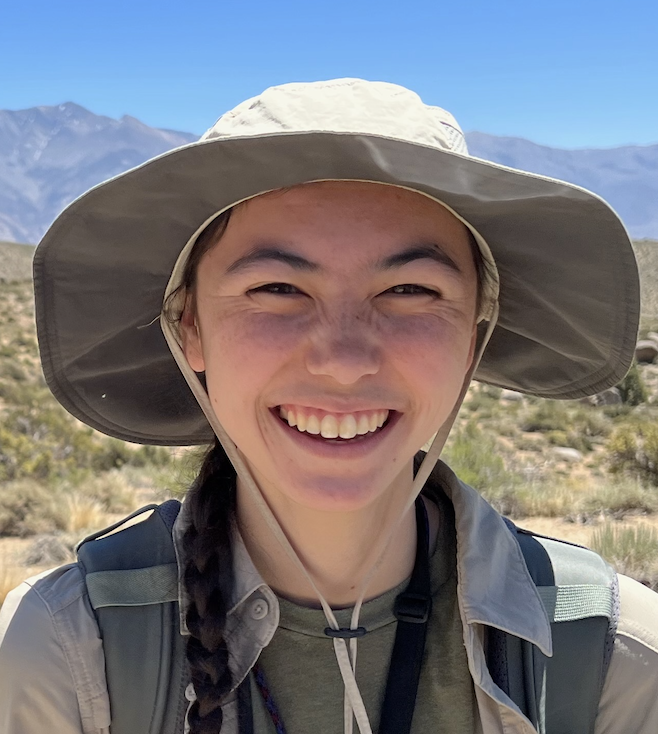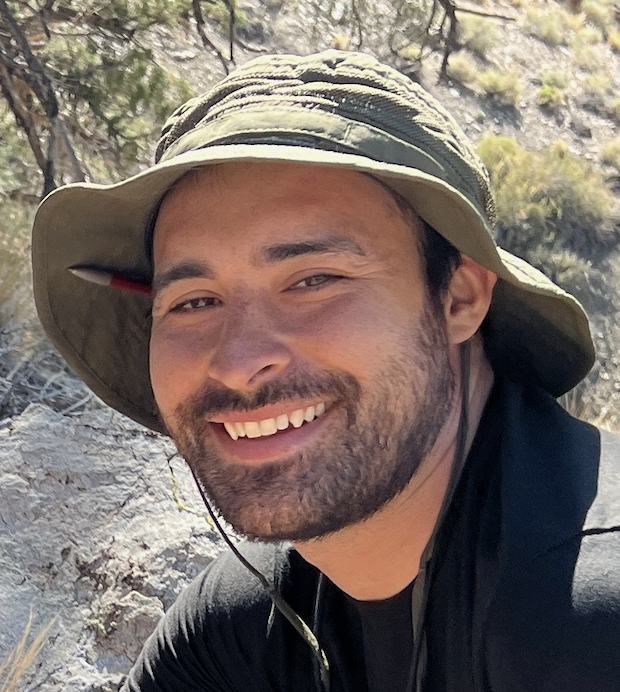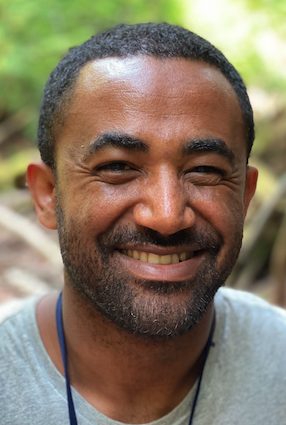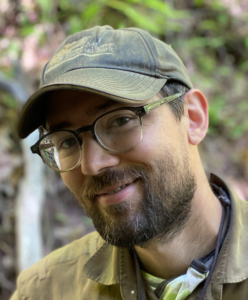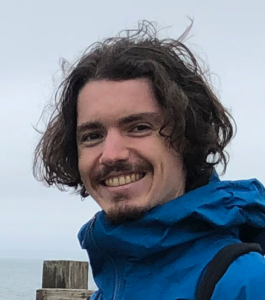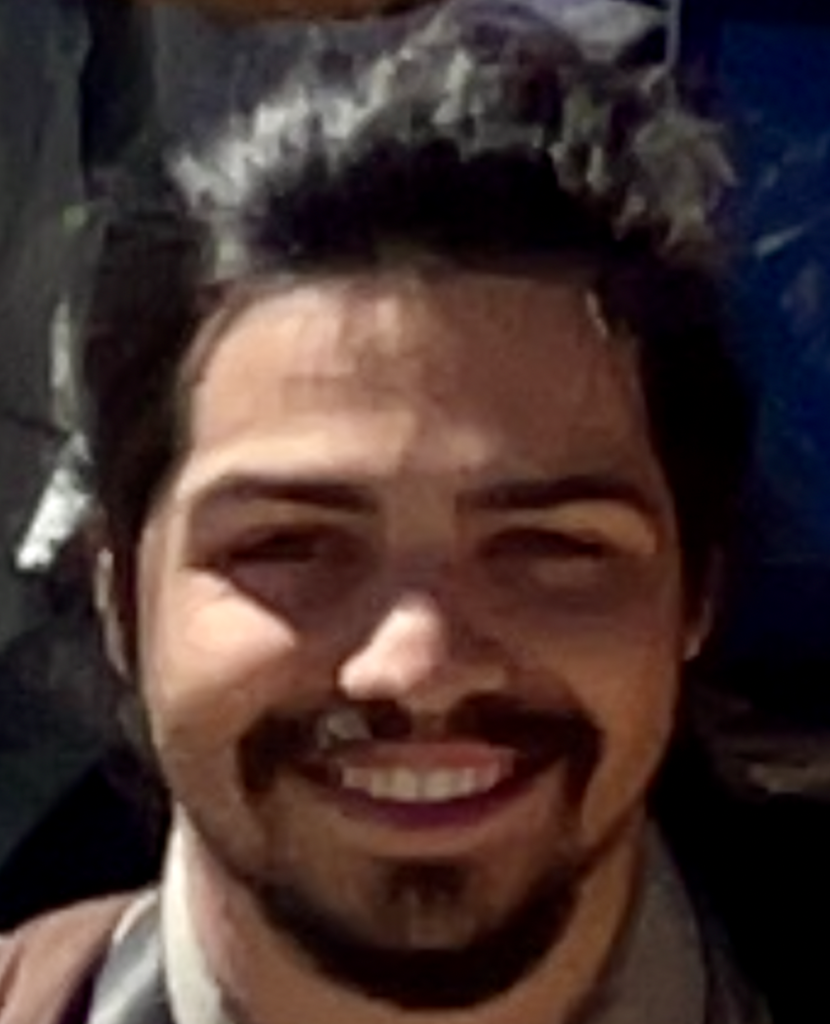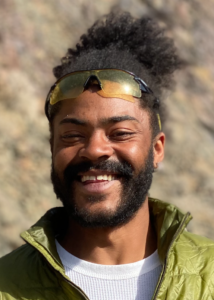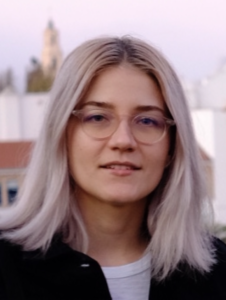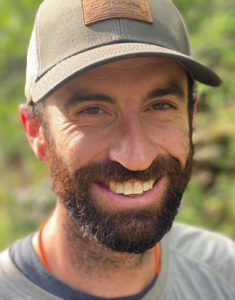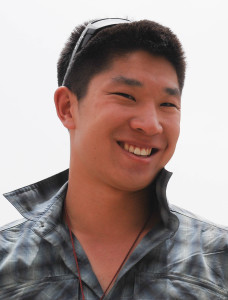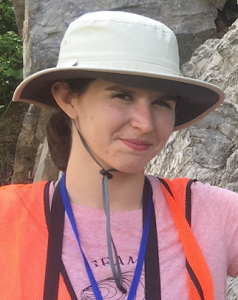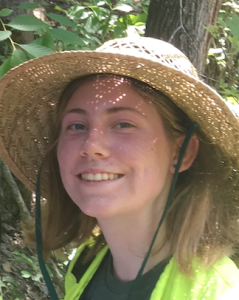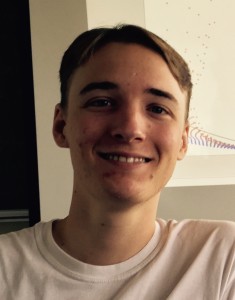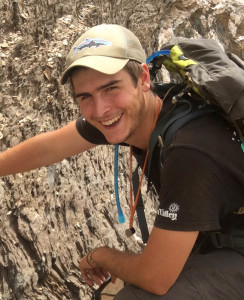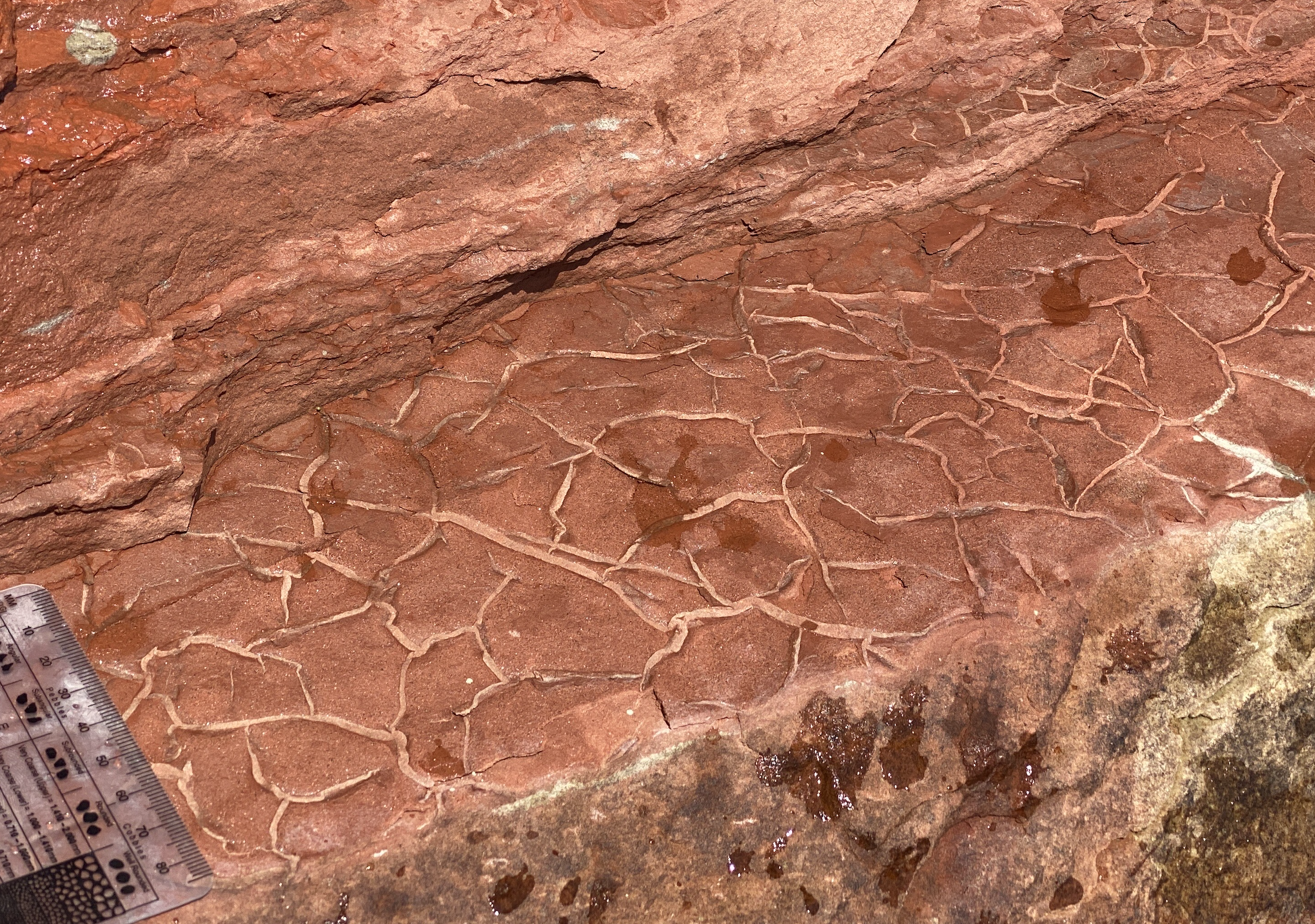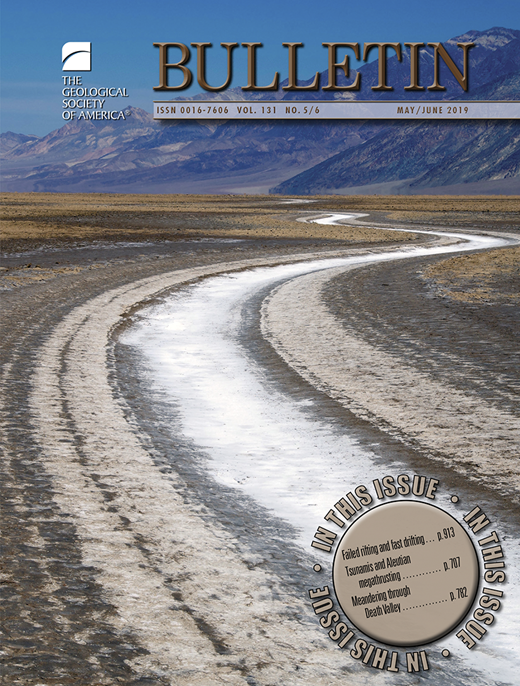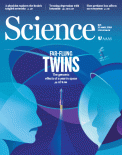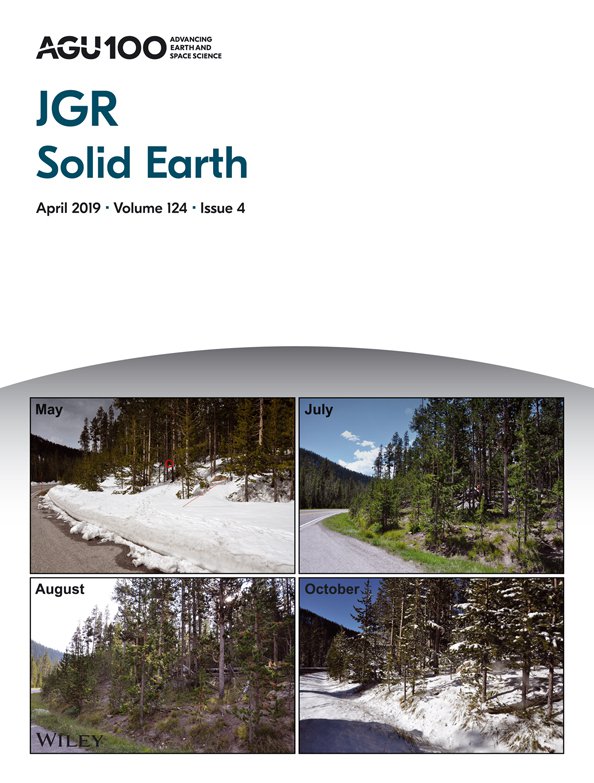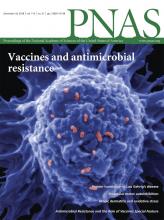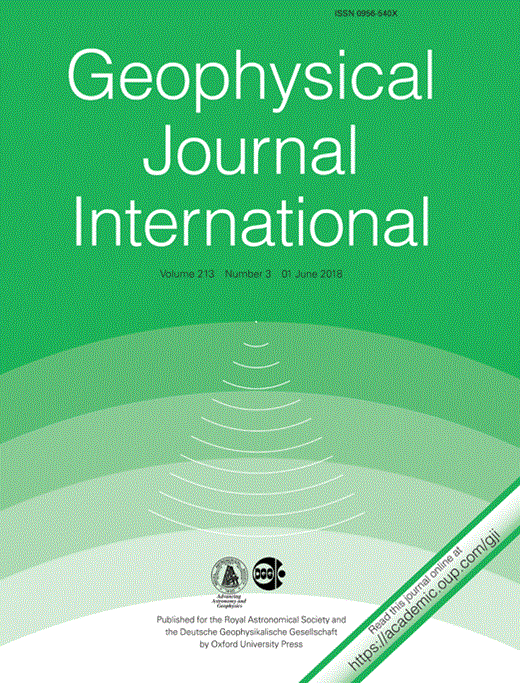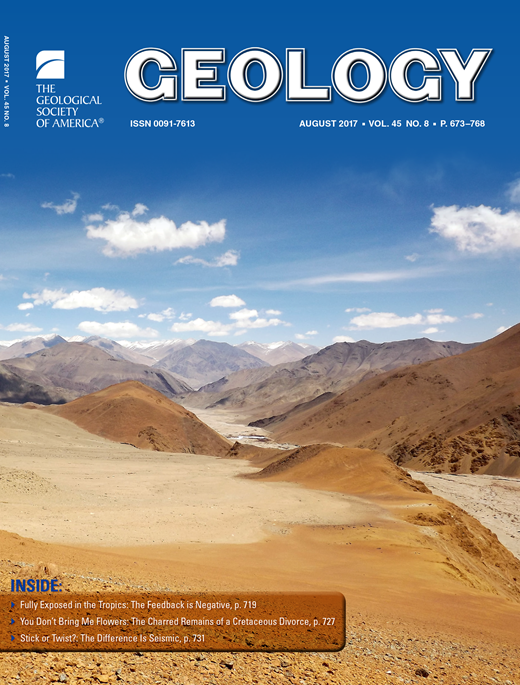Principal Investigator:
Nick’s research integrates original field observations with laboratory data sets in order to further understanding of global change through time. In conjunction with his research group, he is particularly focused on developing data from sequences of volcanic and sedimentary rocks where information can be extracted about ancient continental motions, the evolution of the magnetic field, and changes in climate.
Graduate students:
Opportunities may be available to join the Swanson-Hysell Group as a graduate student. Contact swanson-hysell@berkeley.edu if you are interested in exploring this possibility.
Yiming’s research is utilizing Proterozoic intrusive rocks to gain new insights into the long-term intensity of Earth’s magnetic field. He is utilizing a fascinating suite of anorthosite xenoliths hosted in diabase sills within the Midcontinent Rift in these efforts. In addition, he is playing a central role in developing our lab’s capabilities using our new Quantum Diamond Microscope.
Anthony’s research is focused on how using paleomagnetic records to advance understanding of ancient environments. His past magnetostratigraphy research has advanced understanding of the timescale of biotic recovery across the Cretaceous–Paleogene boundary. In the Swanson-Hysell Group, he is extending records of late Mesoproterozoic paleogeographic change using hematite-bearing sedimentary rocks of the Freda Formation. He is also studying the timing of hematite enrichment with iron formation of northern Michigan using paleomagnetism and radiogenic isotope geochemistry.
Diego’s research is focused on further understanding of Mesozoic paleogeography. He is particularly interested in improving the Mesozoic Apparent Polar Wander Path (APWP) of North America by compiling existing results and generating new data. His experience in paleomagnetism and rock magnetism, developed during his master’s studies at UNAM, underpins this endeavor. Diego’s work aims to deepen the understanding of paleogeography and tectonic movements during the Jurassic era.
Undergraduate/Post-Undergraduate students:
Natasha is working on improving our understanding of the geomagnetic polarity timescale in the late Mesoproterozoic through developing new data from the lower northeast sequence of the North Shore Volcanic Group. These data can address the number of reversals and their timing prior to the onset of the Portage Lake normal polarity zone (i.e. the Keweenawan superchron).
Leah is conducting senior honors thesis research focused on the Pliocene(?) to Pleistocene Merced Formation. Her goal is to improve chronostratigraphic constraints for the formation and to further understanding of changes in sea level recorded by changing lithofacies.
Wesley conducted senior honors thesis research on the California Coast Range volcanics. He is particularly motivated to improve the chronology of volcanic centers with the goal of understanding the progression of volcanism as well as using the volcanic centers as piercing points to improve reconstructions of Neogene to Quaternary offset on the Hayward-Calaveras Faults.
Research Group Alums:
Tadesse’s research is focused on the long-term evolution of the Arabian-Nubian Shield and Laurentia in order to address questions related to lithospheric evolution and basin formation. His research at Berkeley focused on the structural inversion of the North American Midcontinent Rift through field observations and the development of thermochronological data. Among other findings, he resolved the long-standing geologic mystery of the striations of L’Anse Bay.
Blake’s research focuses on integrating geologic and geochronological constraints to improve understanding of terrane tectonics and paleogeography in the Neoproterozoic and Paleozoic eras. His research directions at Berkeley included the development of new chronostratigraphic constraints to further understanding of Laurentia’s paleogeography and tectonics at the time of the Grenvillian orogeny.
Pierre’s research focuses on the interaction between tectonics, climate and the long-term carbon cycle. He worked in our group and with Prof. John Chiang on an effort to further understanding the effects of the emergence of the Southeast Asian Islands on global climate. Pierre pursued his PhD in Toulouse with collaborator Yves Godderis and has developed new numerical methods for modeling the weathering of silicate rocks within the GEOCLIM model framework.
Michael conducted research on the crystallographic orientation of hematite within Paleoproterozoic banded iron formation from northern Michigan. By developing electron backscatter diffraction data from hematite on distinct limbs of folds, he has the goal of constraining the time of hematite formation with respect to structural deformation.
Nick conducted research on the Southwestern Laurentia large igneous province (SWLLIP) as a Summer Undergraduate Research Fellow in 2021 that developed into a senior honors these. He focused on Mesoproterozoic sills within the Crystal Springs Formation of the Death Valley region and improved constraints on the timing of the SWLLIP and its relationship to the Midcontinent Rift of the Lake Superior region. Nick is now a PhD student at Caltech.
Stacey conducted senior honors thesis research on Miocene stratigraphy of the California Coastal Range. In particular, she improved interpretations of sedimentary provenance and chronostratigraphic correlations with implications for interpreting the history of California’s transform margin recorded in these sedimentary and volcanic rocks. She is now a PhD student at Yale.
James conducted research as a Summer Undergraduate Research Fellow in Summer 2020 researching Mesoproterozoic rocks in the Lake Superior and Pikes Peak region. His senior honors thesis research focused on the paleomagnetism of sedimentary rocks of the Midcontinent Rift. In particular, he focused on the Cutface Creek sandstone which was deposited during a hiatus of volcanism within the North Shore Volcanic Group and used these data to constrain sedimentary inclination shallowing. James is now a PhD student at Yale.
Yuem’s research focused on the interplay between long-term tectonics on Earth’s climate. He devoted particular research efforts to developing new constraints on Neoproterozoic Earth history during the 100 million years leading up to the Sturtian global glaciation ca. 717 million years ago. His research included: (1) study of the physical and chemical stratigraphy of the sedimentary rocks found in the Tambien Group of northern Ethiopia leading up to the Sturtian glaciation; (2) study of the physical and magnetic stratigraphy of the sedimentary rocks found in the Banxi Group of South China to improve Neoproterozoic paleogeography; and (3) study of the effects of changing tectonic boundary conditions on Earth’s long-term climate through data analysis and numerical modeling. Yuem is now a Data Scientist at KoBold Metals.
Maggie was an NSF Postdoctoral Fellow at Berkeley hosted by Profs. Swanson-Hysell and Buffett. She conducted research focused on understanding long-term behavior of the geomagnetic field through integrating data and models. She also conducted research on the paleointensity of Paleoproterozoic dikes of the East Central Minnesota Batholith. She is making valuable contributions to data science education in the EPS department. Maggie is now a research geophysicist with at the USGS
As an undergraduate researcher in the lab, Fran pursued research focused on improving constraints on the timing and tempo of cooling leading up to end Ordovician glaciation. Her honor’s thesis focused on developing new compilations and analysis of oxygen isotope data from conodont fossils including new data resulting from fieldwork on the Arbuckle and Simpson Groups of Oklahoma. After graduation, Fran worked as a research assistant in Kristin Bergmann’s group at MIT. She is now a PhD student at Penn State.
Sarah is fascinated by the co-evolution of life and environment on the ancient Earth. Her research at Berkeley focused on ancient environmental magnetism. She combined rock magnetic experiments and textural observations to gain novel insight into sedimentary rocks that contain the record of the evolution of Earth’s surface on long timescales. In particular, she developed new constraints on ancient lacustrine environments within the Nonesuch Formation of the Midcontinent Rift elegantly demonstrating how the combination of rock magnetics, geochemistry and textural analyses can lead to new insight. Sarah is now an Assistant Professor at Dartmouth.
Abby designed improved educational displays in and outside McCone Hall that showcase our rock and mineral collections while communicate Earth science concepts to the diverse groups that use the building. These displays also highlight vibrant research utilizing Earth materials that take place in Earth and Planetary Science at Berkeley. Her research efforts, dominantly in the Rothfels lab, have been focused on improving species distribution models — including the integration of geologic data. Abby is now a graduate student in geology at the University of Chile.
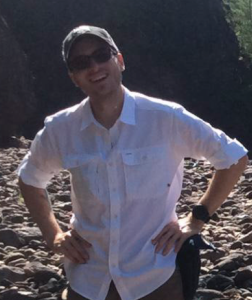
Rob pursued research on the paleomagnetism of dikes within the East Central Minnesota batholith in order to obtain new constraints on the Proterozoic paleogeography of North America. Following graduation, Rob worked as a Forest Service geologist in the Salmon-Challis National Forest in Idaho and is now a geologist with with Bureau of Land Management Central Yukon Field office.
Sydney analyzed samples from the Freda Formation of the North American Midcontinent Rift to gain insight into plate motion at the end of the Mesoproterozoic Era. Following a Masters in Civil & Environmental Engineering at Berkeley, Sydney is now a consultant with Buro Happold.
Luke conducted research focused on improving constraints on Mesoproterozoic paleogeography and plate motion through the integration of paleomagnetic, geochronologic, and stratigraphic data sets from the North American Midcontinent Rift for a Masters degree. Luke’s undergraduate thesis while a student at Carleton College was in the group and focused on the paleomagnetism of breccia dikes at the Slate Islands Impact Structure where he took a novel approach to constrain the timescale of impact crater development. He is now an Associate Data Scientist working at the interface of data science and mineral exploration for Kobold Metals.
Kevin was involved in multiple projects involving technical computing within the group as well as analyzing samples from the Midcontinent Rift. He ran numerical simulations of impact crater development in order to develop constraints on the development of the Slate Islands impact structure and is a developer of paleomagnetic data analysis software as part of the PmagPy project (https://github.com/Caoimhinmg). He is currently a PhD student at Rice University working on global tectonics and true polar wander with Richard Gordon.
In addition to her work at the Berkeley Geochronology Center with Paul Renne on late Cretaceous Earth history, Courtney worked on developing on the records of late Mesoproterozoic paleogeography and paleointensity from the North American Midcontinent Rift in the UC Berkeley Paleomagnetism Lab. This work led to some of the most robust paleointensity estimates currently available for the Proterozoic. Courtney is currently an Assistant Professor at the University of Florida.
As a second project early in her PhD studies at Berkeley, Marissa worked on the record of Neoproterozoic global change from the Tambien Group of northern Ethiopia. In addition to developing stratigraphic field data, Marissa’s work on the project focused on developing a strontium isotope data contributing to project goals to quantify and interpret rates of isotopic change in the time period leading up to the first Neoproterozoic glacial epoch. Marissa is currently an Assistant Professor at Purdue University breaking new ground in noble gas geochemistry.
Taylor worked on multiple projects in the lab related to Proterozoic paleogeography including new analyses of the Umkondo large igneous province sills from Botswana as well as paleomagnetic research on Neoproterozoic and Paleozoic stratigraphy of volcanics and sediments from the Zavkhan Terrane of Mongolia. Check out some of his GPlates animations constraining the relative positioning between the Laurentia and Kalahari cratons 1.1 billion years ago: http://www.swanson-hysell.org/research/umkondo-lip. He is now a Senior Data Scientist working at the interface of data science and mineral exploration for Kobold Metals.
Eliel spent June and July of 2015 working with the research team in northern Ethiopia and wrote a senior thesis based on his research. His work focused on new mapping of the rocks of the Tambien Group within the Samre fold/thrust belt where he and the the research team discovered abundant new exposure of the Negash Diamictite which is interpreted to be associated with the ca. 717 Ma Sturtian glaciation. He is currently a PhD student at UCSB working with Francis Macdonald on Earth history concentrated on field studies in northern Mongolia.
Sonia’s research at Berkeley focused on testing the shock remanent magnetization hypothesis in the Slate Islands Impact Structure with the goal of advancing scientific understanding of planetary magnetization processes. She is now an Assistant Professor of Geophysics at Stanford University and continues to do super cool science on impact basin magnetization and the magnetization of the moon. Sonia is an Assistant Professor of Geophysics at Stanford.
Gunnar worked with samples from the Slate Islands and the Keweenawan Midcontinent Rift. His work focused on mineral separation and paleomagnetic analyses. Gunnar went on to get a Master’s degree in Geology at Western Washington University.
Visiting Faculty:
Ben (Professor in EAPS at MIT) spent 2014-2015 in Berkeley as a Visiting Professor of the Miller Institute for Basic Research in Science and was an active user of the UC Berkeley Paleomagnetism lab running samples of Jack Hills cobbles and a Martian meteorite.
Jerome (Directeur de recherche at CEREGE) spent time in the lab in December 2014 supported by the France Berkeley Fund which supports scholarly exchange between UC Berkeley and research centers in France. Jerome utilized the low magnetic moment holder in the lab to measure small tektite samples collected from a South American strewn field.

